Connecting Home and School Through the Science of Reading and Multisensory Activities
by Kristin Gigliotti
View Bio
Kristin Gigliotti, M.Ed, is a Development Editor for hand2mind, focusing on the area of Literacy. In addition to a Bachelor of Arts degree in Psychology and a Master of Science in Curriculum and Instruction, she has Early Childhood Education N-3, Elementary Education K-6, and Reading Specialist K-12 teaching certifications. After over 16 years of providing reading interventions to students in grades K-3, Kristin now devotes her passion to developing literacy products that will help students become successful readers.
-
- Phonological Awareness - the understanding that individual sounds make up language.
- Phonics and Word Recognition - a reader’s ability to recognize printed words accurately and link them with their meanings.
- Fluency - the ability to read with proper speed, accuracy, and expression.
- Vocabulary and Oral Language Comprehension - play a critical role in the reading process and is fundamental to reading comprehension.
- Text Comprehension - extracting meaning from what we read—is the ultimate goal of reading.
The Science of Reading is a scientifically based body of research focusing on the five essential components of reading: phonological and phonemic awareness, phonics, vocabulary, fluency, and comprehension. Teachers are responding to the need for this type of instruction in their classrooms, however, most core programs do not necessarily align with what science has told us about how the brain learns to read.
Children need opportunities to use multiple areas of their brains, with experiences in speech sounds, letter and word recognition, sound-symbol connections, and language comprehension. Although core programs may lack in providing these experiences, teachers have been supplementing their instruction with materials that are backed by the research.
Learning does not occur solely in the classroom. To build on what is being taught, parents need resources that align with children’s needs, such as activities that provide information in engaging, attainable ways.
One example of a learning exercise that parents can utilize at home is multisensory activities. These encourage children to use more than one area of their brains simultaneously, resulting in deeper connections and increased retention. If home activities follow the same methodologies as what is happening in school, children can apply their skills and reach a comfort level in what they are doing.
In 2023, hand2mind surveyed teachers and school administrators from around the country to better understand their thoughts on the current state of literacy instruction. As shown in Figure 1 below, 64% of respondents believe that Science of Reading is the most effective of the approaches surveyed to teach literacy, an increase of over 40% in just two years.
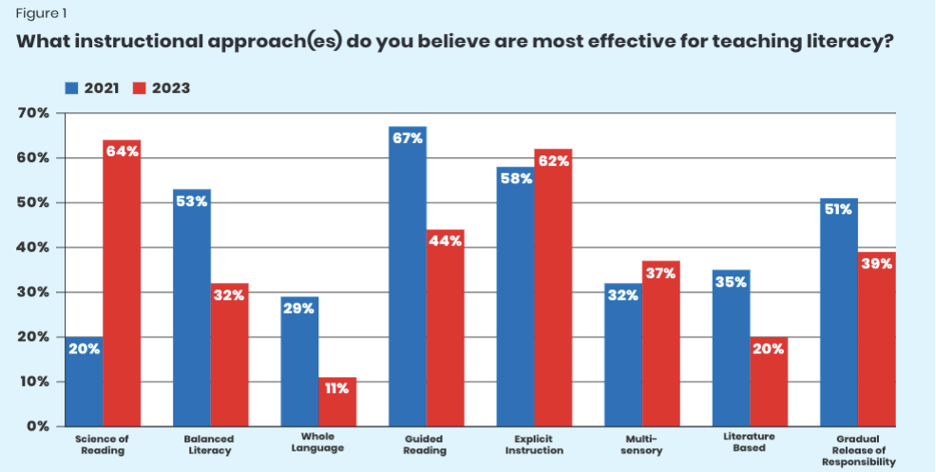
Displayed below in the second chart, 66% of teachers reported spending most of their literacy instruction time on comprehension, followed by phonics. It’s important to note that with strong phonics skills, students will have access to words. When combined with background knowledge, this access will then result in comprehension. Additional skills that teachers have started to integrate into teaching literacy are phonological and phonemic awareness. Not only are these important when learning to read but they can be strengthened at home with parents. In 2023, teachers spent less instructional time on comprehension than previously in 2021, and I believe that this will further decrease as we continue to learn about the science behind teaching literacy.
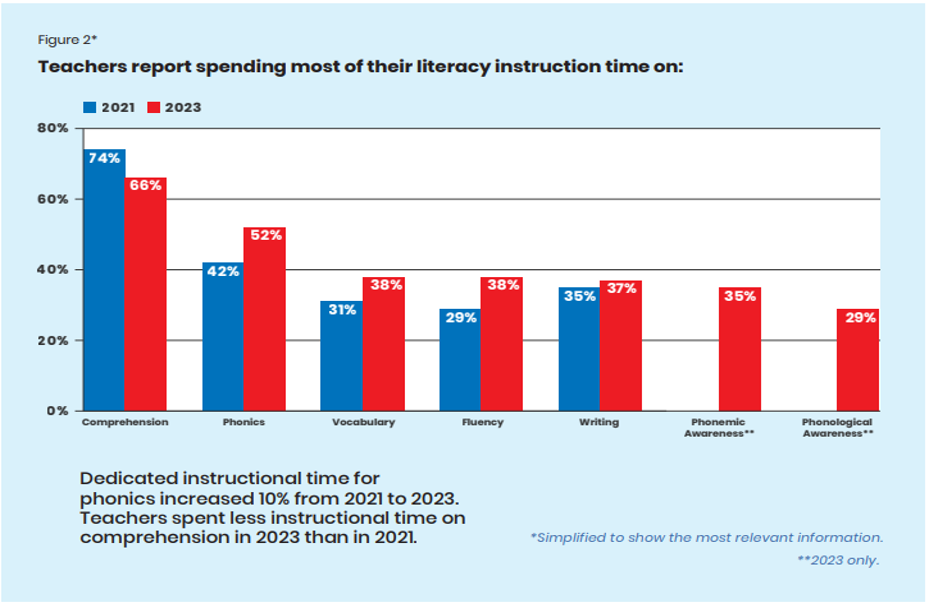
Between 2021 and 2023, teachers and administrators who are extremely or very satisfied with their literacy textbooks declined by 22% and only 8% reported extreme satisfaction. Luckily, there are ways outside of standard textbooks to keep children engaged in learning. At hand2mind, we believe children learn best by doing. They benefit from hands-on experiences that allow them to solidify foundational skills. With its diverse selection of products, hand2mind supports children's learning both in and out of the classroom.
The following are just a few of the resources that can be utilized to support literacy:
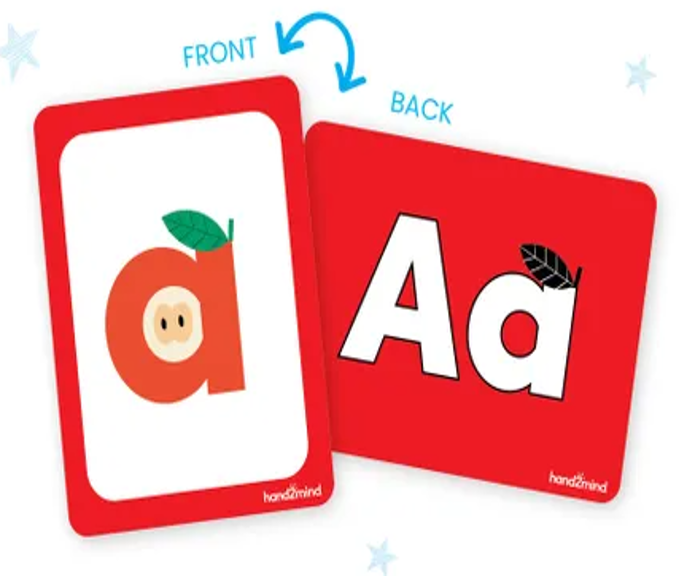
Alphabet Picture Mnemonic Cards help children learn the alphabet. The front shows a lowercase letter with an embedded picture that connects to the sound the letter makes. Children can flip the card to the other side, which includes an uppercase and lowercase letter, with a small visual cue from the mnemonic.
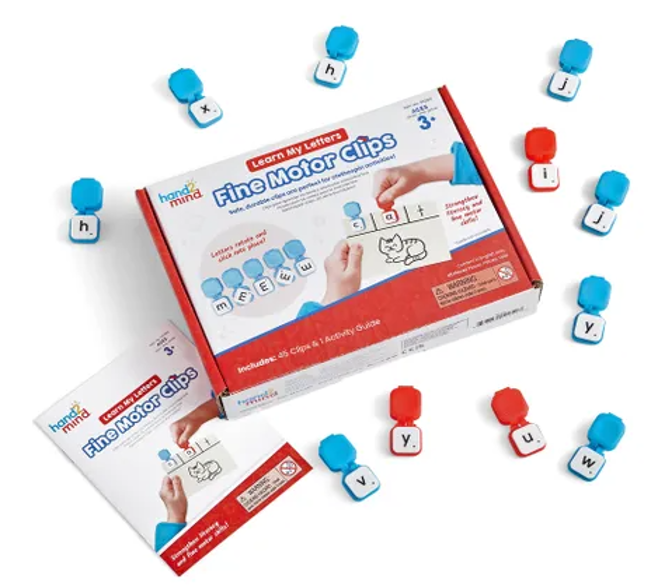
Fine Motor Letter Clips help children strengthen and refine their fine motor skills while learning beginning literacy skills.
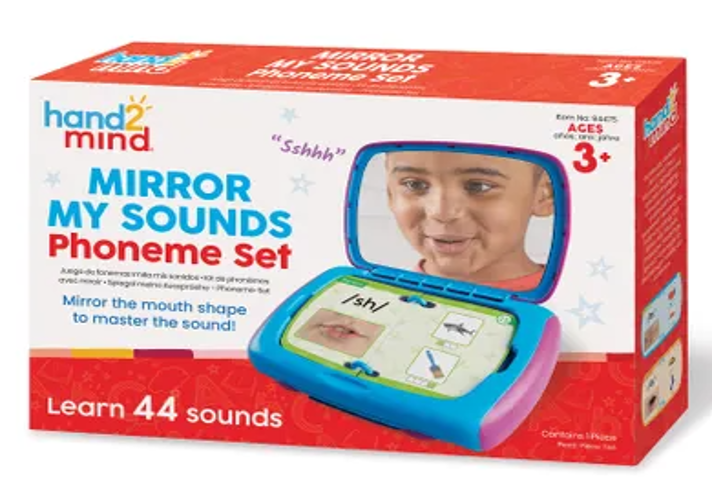
With Mirror My Sounds Phoneme Set, children can practice making 44 sounds of the English language while looking at themselves in the mirror and referencing the provided correct mouth and tongue position for each sound.
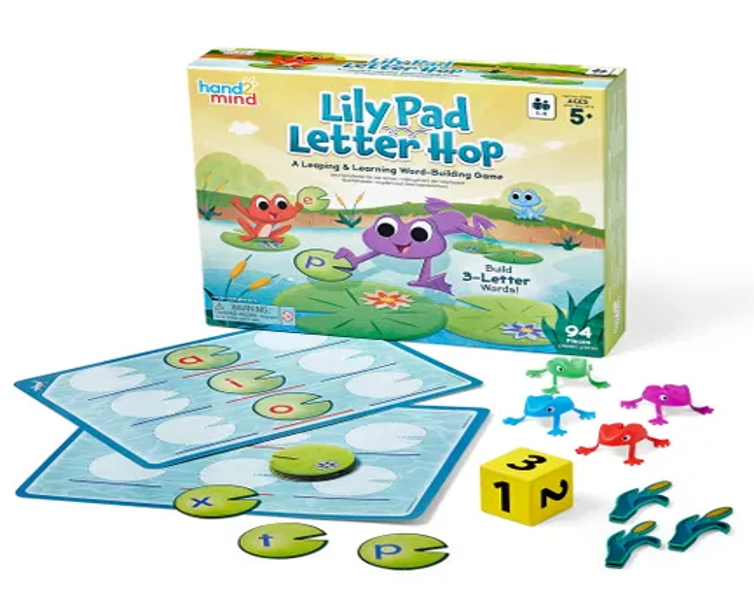
Build 3-letter, consonant-vowel-consonant words in game format with Lily Pad Letter Hop. Repeat the game again and again to practice decoding, sound segmenting, sound isolation, and phonics skills.
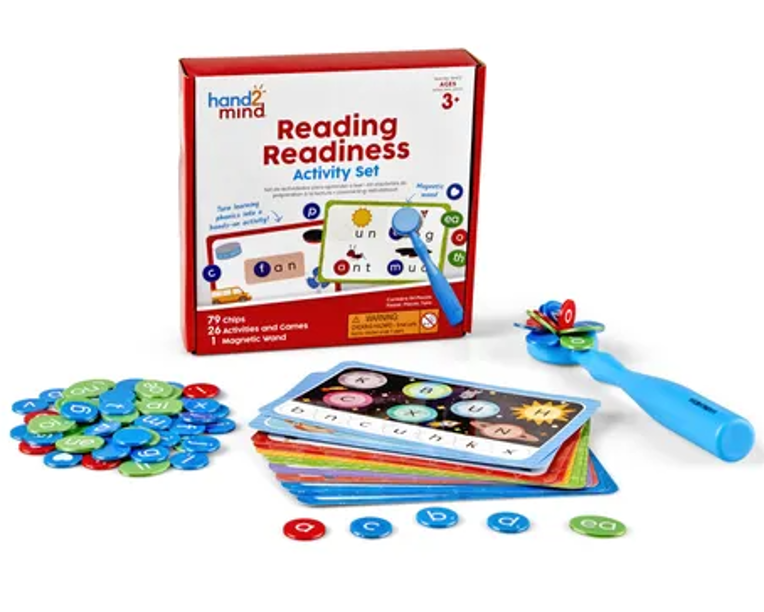
With the Reading Readiness Activity Set, children use a magnetic wand and different types of letter chips to match uppercase and lowercase letters, identify initial and ending sounds, and blend and segment sounds.
When it comes to literacy experiences in and out of the classroom, it’s about focusing on where the learners currently are, not where they should be. Allowing children the opportunities to interact with hands-on materials enhances their learning as they connect with what they are doing in a fun and engaging environment.